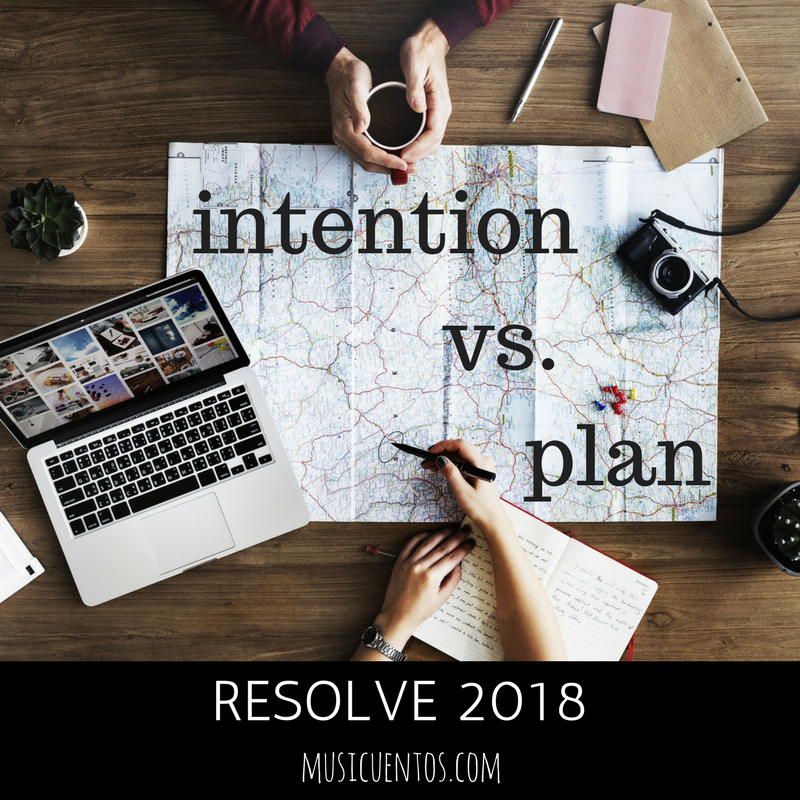We have a habit of resolving things in January, of sensing the newness and opportunities of a new year like an present we’ll unwrap a day at a time for the next twelve months.
Old year(s) resolutions
I have a habit of posting such things in January. Last year I wanted to be Officer Hopps, though I can’t say I succeeded at cutting myself some slack on all those new mistakes I made. I wanted to be so empathetic I’d make meatloaf, and you know, I didn’t have a single argument about anything on social media (that I can recall, and I usually can). And I made meatloaf at least 3 times, though my children have still never had a tuna sandwich. I wanted to support the teaching community, and thanks to a reminder on my Todoist I donated to a free app or site or supported a DonorsChoose or Kickstarter project every month except maybe one.
In 2016, I suggested we walk free (of pointless activities, and too much content, and trying to be like anyone else) and pay it forward (by contributing to a collaborative project – and that was before Maris posted about them, so check out her post!) (and here’s another one you could take a look at – a database of scripts and activities for Spanish-language commercials).
In 2015, I asked you to stop being so hard on yourself, suggested we act like we’re on the same team, and check out new blogs (that post is coming soon, too, but it won’t look like it has before).
In 2014, I started with some book suggestions, and Drive and Brain Rules are still two of the books that have had the most lasting influence on my teaching over the last many years. I said “Let’s collaborate!” and “Let’s see what the students think!” and “Step outside the textbook!” and “Let’s use more #authres!”
And the year I started this, 2013 (wow time flies), I wanted to get more target language going, address my learners’ specific needs, try something new, and share the learning.
Welcome to 2018.
I wrote in my year-end “fluff” book review post that my must-read of 2017 was A Gentleman in Moscow, and one of my favorite quotes from that book has inspired my 2018 resolution post:
What good is an intention without a plan?
We all know what they say about good intentions. I go about my life with them anyway. I intend to do so many things I even make lists of them. But because I didn’t make a plan, I open my Todoist and click “Postpone to tomorrow” or “next week” endlessly. The ebook doesn’t get worked on, and neither does the rubric. My lessons don’t get fully planned until it’s time to lose sleep over them. The living room doesn’t get painted. Something’s gotta change.
 A plan in small bits
A plan in small bits
My house has now been through 10.5 years of life and kids at the hands of just my family. Stuff is starting to fall apart: in the last week we’ve replaced both our oven and our hot water heater. That’s easy, if expensive- someone else did it. But you should see the paint. Particularly in the hall, the living room where it leads to the kitchen, and around the kitchen, there are dings, scratches, streaks, random who-knows-what stuck to the wall. And when you just replaced your oven and hot water heater in the same week, you’re not paying someone else to paint. So, in light of the 25 or so hours a week that opened up to me with most of my major outside responsibilities on break for Christmas, I tackled the painting.
I put on my Todoist a daily line item: “painting.” I gave myself permission to check it off if I did anything related to getting the living room painted: shopping for supplies, washing the wall, spackling something, removing the switch plates, etc. And so far, the biggest wall in the living room and the entire hall are fresh, new, spotless Comet Dust.
My intention is coming true because I made a plan in small bits. If I’m going to lose the 7 lbs I gained last year (ok, really it was 10 lbs. since June but I’d lost some at the beginning of the year, so I’m sticking with my first wording choice), I’ve got to have a plan for what’s for lunch. If I’m going to hit 10,000 steps a day, I’m going to have to make sure some stepping is happening every (waking) hour of the day. If that ebook will get written, if the rubric will get an upgrade, it’s going to happen a bit at a time. And how do I make sure the small bits will happen? Sometimes it means I let the PLN make my simmer sauce. Other times, I go…
Back to the timer
I’m resdiscovering why FlyLady changed my life when she told me I can do anything in 15 minutes. Timing how long I’ll spend on something helps me overcome the obstacle of ever getting started because the task is too big. I’ve set up a goal for 50 minutes (which I know is going to turn into an hour) every morning, and I’ve broken it down into what I’m going to do for how long. Some of it is personal and spiritual enrichment. The rest is Musicuentos stuff. I set the timer, and when it stops, I stop. Okay, I let myself finish some sentences, but I don’t let it turn into two hours of polishing something. This blog post was written in timed increments. That means it didn’t come out the first day of January. But it also means it did come out.
One more thing: maybe you’re not even coming to this in January. Maybe it’s September of 2021. Maybe you’ve discovered the most important thing about resolutions: dates are more or less arbitrary, and today is the start of a fresh year to be unwrapped one day at a time, like a gift. What’s your gift this September?
This isn’t anything new. In fact, Maris has been on the same track, independent of anything I’ve said! The quote from A Gentleman in Moscow has simply stirred me to something much like what Thomas Sauer wrote to us last year, about implementing systems instead of making goals, which was really inspired by someone else’s post, too. Inside we know that an intention without a plan isn’t going to make a lot of difference. What are we going to do about it?
1 Comments
Comments are closed.




[…] shared echoing some very smart people in the last couple of years at “resolution time,” what good is an intention without a plan? This year, for various reasons, I find myself needing to streamline my life, to […]